
Nature has a fascinating way of preserving its history. Living fossils are species that have remained virtually unchanged for millions of years, closely resembling their ancestors in the fossil record. Though Charles Darwin coined the term “living fossil” in 1859, it has sparked debate over what constitutes “unchanged” in evolutionary terms. These species are genetic survivors, providing a glimpse into ancient life. Here are some of the most remarkable living fossils that have defied the test of time.
Coelacanth: The Ancient Lazarus Fish
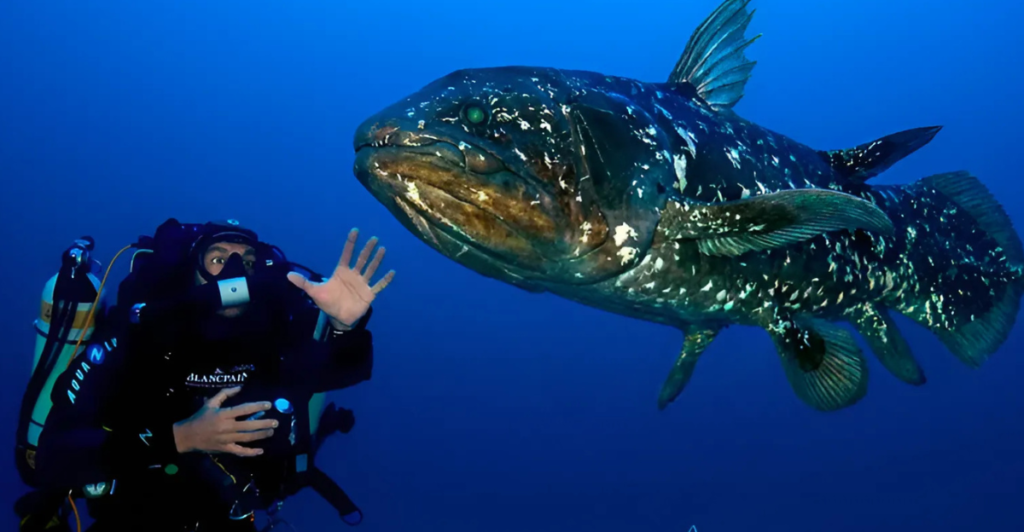
The coelacanth is a deep-sea fish that first appeared 400 million years ago during the Devonian Period. Thought to have gone extinct 65 million years ago, it shocked scientists when rediscovered off the South African coast in 1938. Known as a Lazarus species, the coelacanth has lobed fins resembling limbs, hinting at its role in the evolution of land animals.
Horseshoe Crab: Prehistoric Survivors

Horseshoe crabs predate even the dinosaurs, with fossil records dating back over 300 million years. Despite their crab-like appearance, they are more closely related to spiders and scorpions. These creatures are vital to medical research as their blue, copper-based blood is used in vaccine testing.
Goblin Shark: The Living Nightmare
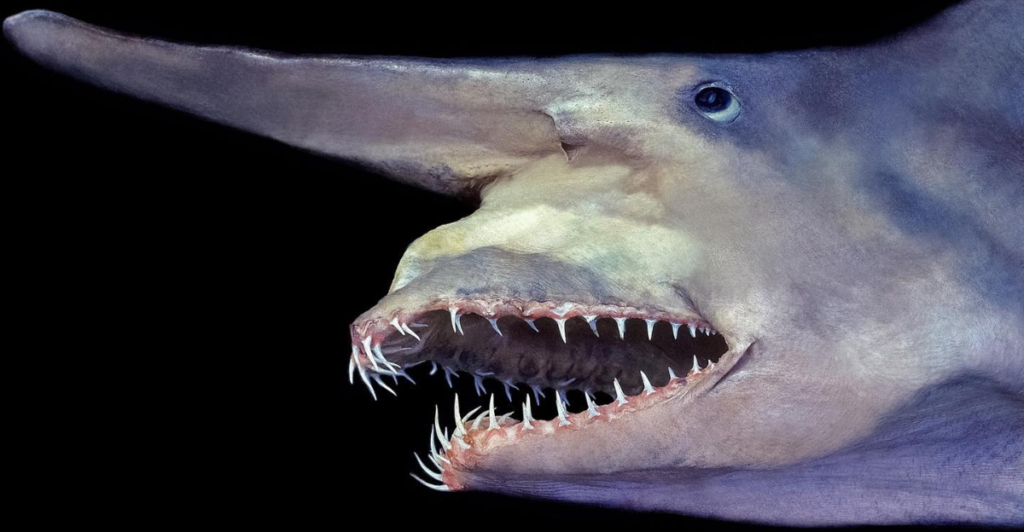
Goblin sharks have patrolled Earth’s oceans for 125 million years. Their long snouts, equipped with electroreceptors, and extendable jaws make them expert predators. Growing up to 13 feet long, these rare, slow-moving sharks dwell in the depths of the Pacific, Atlantic, and Indian Oceans.
Duck-Billed Platypus: A Mammalian Oddity

The duck-billed platypus has existed for over 110 million years, dating back to the Cretaceous Period. This bizarre mammal, with its mix of bird, reptile, and mammal traits, provides scientists with clues about early mammalian evolution. The platypus is unique, laying eggs while being fully adapted to aquatic life.
Amami Rabbit: Relic of the Pleistocene
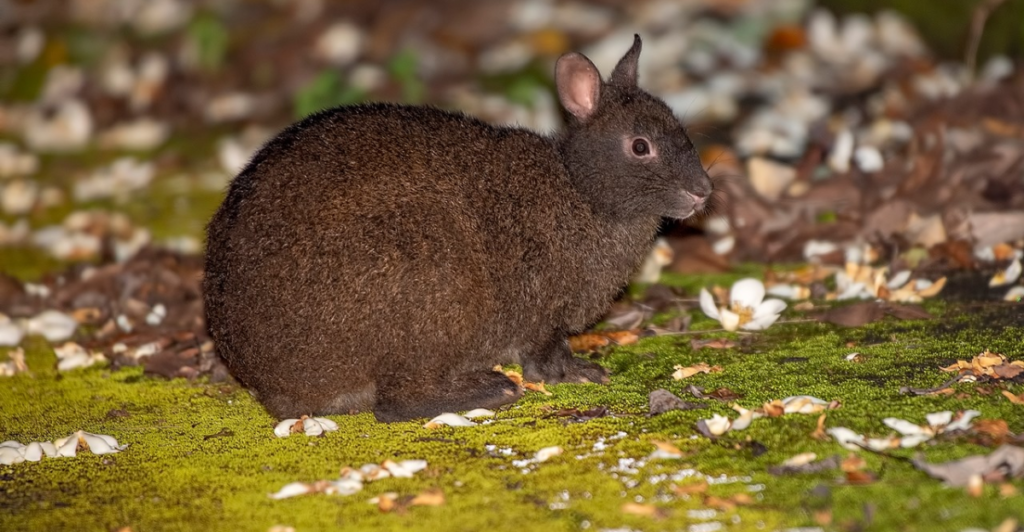
The Amami rabbit is a dark-furred, burrowing species that has retained features of primitive rabbits from the Pleistocene Epoch. Found only on two Japanese islands, it is critically endangered, with just 5,000 individuals remaining. Its short ears and long claws make it a distinct evolutionary remnant.
Nautilus: The Spiraled Time Capsule

The nautilus is a cephalopod that dates back over 500 million years, making it one of Earth’s oldest living fossils. Found in the Western Pacific and Indian Oceans, the nautilus uses jet propulsion to move through the water. Its shell has remained virtually unchanged since prehistoric times.
Komodo Dragon: Giant Ancient Lizards
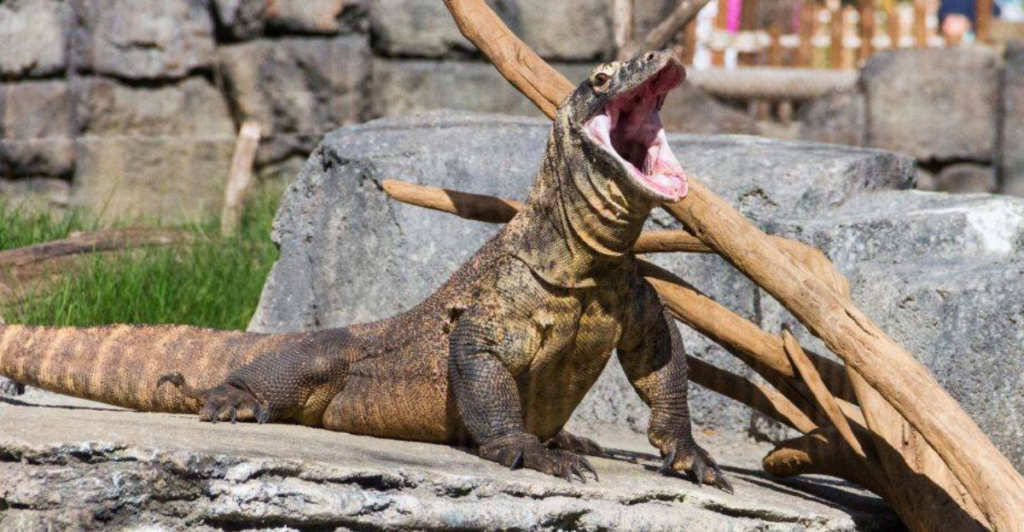
The Komodo dragon, the world’s largest lizard, can grow up to 10 feet long and weigh 330 pounds. It has roamed Earth for millions of years, with ancestors appearing in Australia 100 million years ago. As a dominant predator, the Komodo dragon can devour up to 80% of its body weight in one feeding.
Purple Frog: A Hidden Survivor

The purple frog, discovered in 2003 in India’s Western Ghats, evolved independently for 100 million years. Spending most of its life underground, it emerges briefly during breeding season. Its bloated body, pig-like snout, and short legs give it a bizarre and ancient appearance.
Laotian Rock Rat: Rediscovered After 11 Million Years
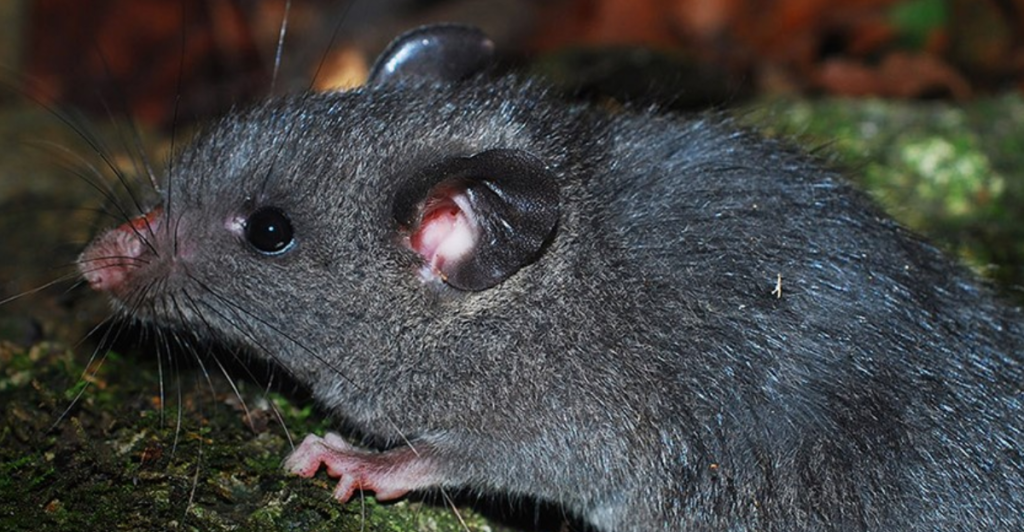
First found in 2005 in Laos, the Laotian rock rat was thought to have gone extinct 11 million years ago. Resembling a mix between a rat and a squirrel, it is the last surviving member of the Diatomyidae family, a lineage once believed lost to history.
Cockroach: Masters of Survival

Cockroaches have remained largely unchanged for over 300 million years. These hardy insects are one of nature’s ultimate survivors, thriving in extreme conditions. Fossils reveal that ancient cockroaches closely resemble the modern-day species we know (and often dislike) today.
Aardvark: The Earth Pig of Antiquity

The aardvark, native to Africa, has existed for over 50 million years. The last member of the ancient order Tubulidentata, the aardvark’s name means “earth pig” in Afrikaans due to its pig-like appearance. Despite its primitive features, it is surprisingly most closely related to elephants.
Ginkgo Tree: Nature’s Ancient Sentinel

The ginkgo tree, or maidenhair tree, has survived for over 200 million years, outlasting the dinosaurs. Known for its resilience, it even survived the Hiroshima atomic bomb. Fossil records show that this tree species has barely changed, making it a living testament to nature’s endurance.
Glimpses of the Ancient Past

Living fossils are more than evolutionary relics; they are windows into Earth’s ancient history. From deep-sea fish like the coelacanth to the enduring ginkgo tree, these species have persisted through cataclysmic changes, offering invaluable insight into evolution and the natural world’s resilience.
Stay connected with us for more stories like this! Follow us to get the latest updates or hit the Follow button at the top of this article, and let us know what you think by leaving your feedback below. We’d love to hear from you!







